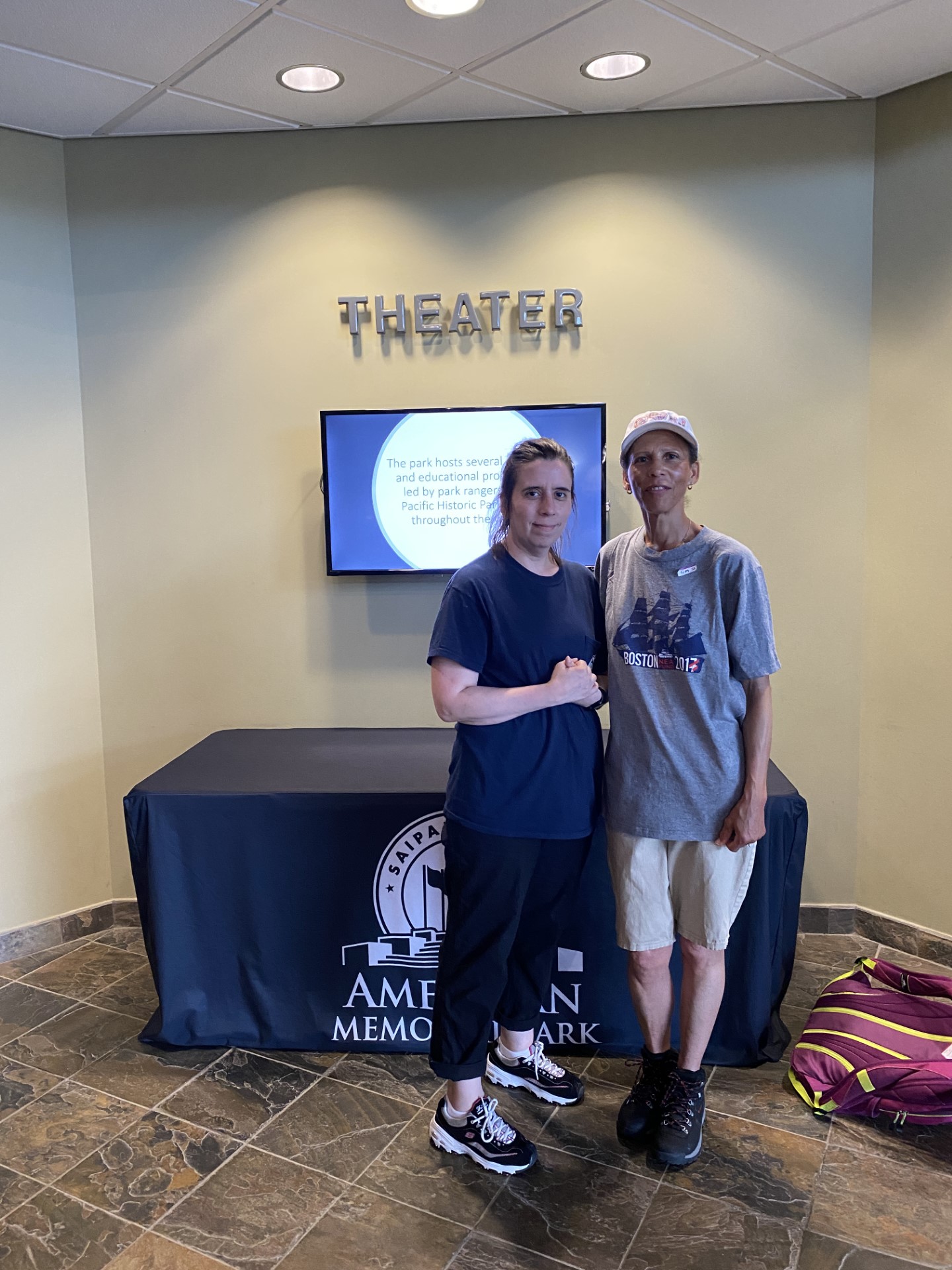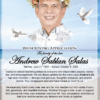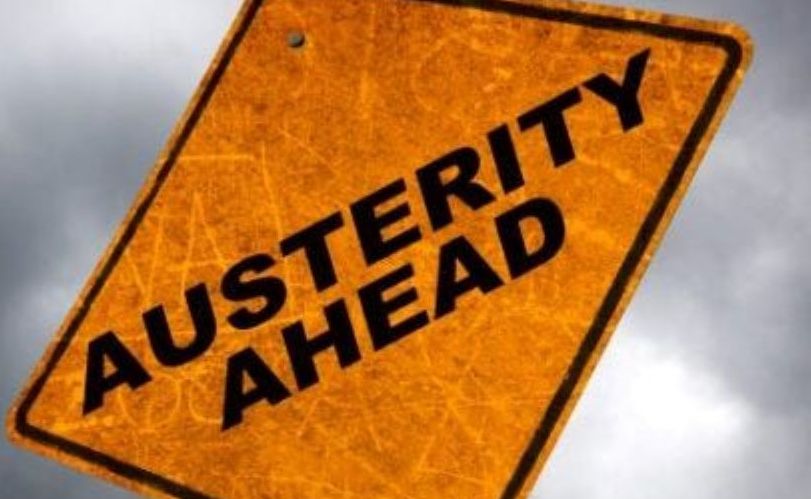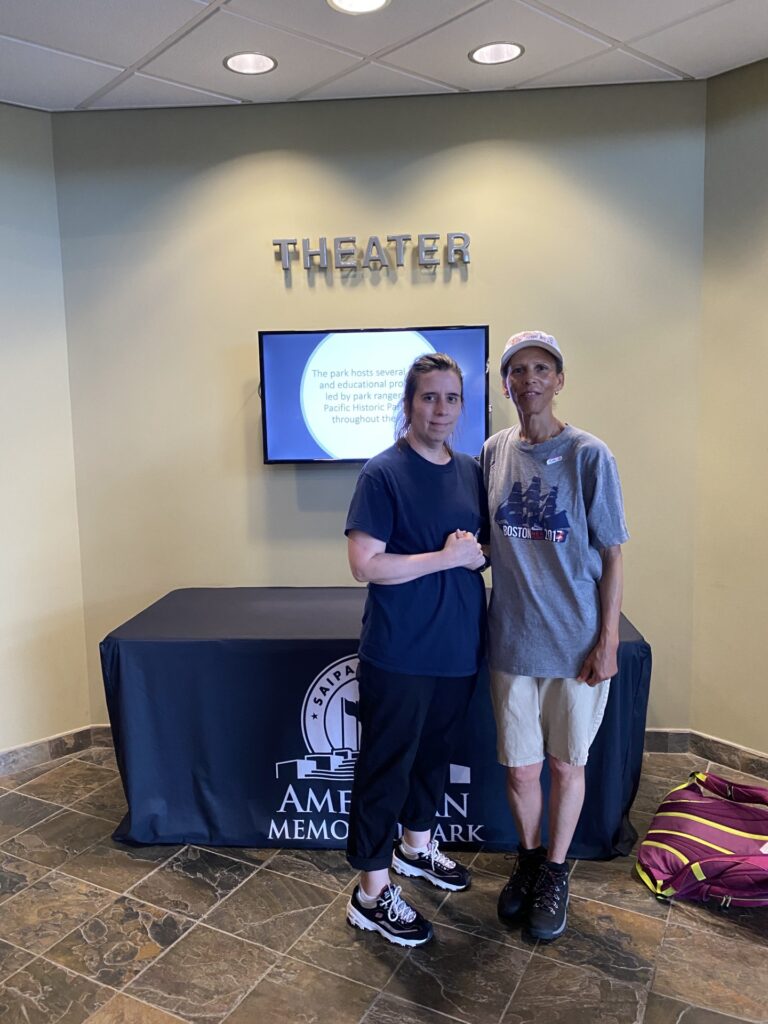
Educators Angela Valenzuela and Kim Policap are among the participants in Saipan’s Land and Sea: Battle Scars & Sites of Resilience program

Aileen Level and Varley Paul are two off-island educators taking part in Saipan’s Land and Sea: Battle Scars & Sites of Resilience program.
BEFORE middle school teacher Aileen Level arrived on Saipan as part of a special cohort of educators from the states and the Marianas, she said her education on World War II did not thoroughly cover the human aspect of the war.
“We learned a lot about the Manhattan Project and the bombs themselves, and the planes, but not so much about the human cost or the human impact,” Level said.
She and 37 other educators from all over the U.S. are on island to take part in Saipan’s Land and Sea: Battle Scars & Sites of Resilience program, which is presented by East Carolina University.
Educators interviewed by Variety said the program has helped “fill gaps” in their knowledge of what took place across the Marianas during World War II.
“One of my colleagues calls it historical empathy, being able to connect to the experiences of regular people at the time,” Level told Variety. “Before we came here I didn’t know very much how it impacted the local people, and so being able to add those voices is a really important part of this story, the human piece.”
According to the program’s website, the course aims to provide “K-12 educators an incomparable opportunity to interact with a continuous, intact, and largely undisturbed record of conflict history outside of museum walls on the island of Saipan.”
The program began on July 5. Level is part of the second cohort which is participating in a series of site visits, guest lectures, in-class workshops, and lagoon tours of the World War II Maritime Heritage Trail.
Aside from going around the island, the group will also learn how to bring the knowledge they’ve gained from the program into their elementary, middle or high school classrooms.
Varley Paul, who teaches at Plymouth Meeting Friends School in Pennsylvania, believes it won’t be a challenge for her to incorporate what she learns on Saipan into her lessons.
She decided to take part in the program because learning about indigenous peoples is a priority for her.
“I think [indigenous studies are] a very undertaught, understudied, under woven part of any curriculum anywhere in the United States,” Paul said.
On the evening Variety spoke to Paul, she was on her way to a lecture on Chamorro and Refaluwasch history that would be conducted by local historian Genevieve Cabrera.
The program’s other speaking engagements include a presentation on the military perspective on World War II by local historian Don Farrell; a film screening of “We Drank Our Tears” with filmmaker and Northern Marianas College President Galvin Deleon Guerrero; a presentation on the civilian perspective on the Battle of Saipan by Jennifer McKinnon, an associate professor of East Carolina University; and a special dance presentation by Refaluwasch men and women.
“Being able to talk to indigenous peoples here, having them [as] part of our program and having it embedded as an important piece of the program — if you…highlight it and make it a central focus that’s the whole point,” Paul said.
Kim Policap, who teaches kindergarten at Kingsley Elementary School in Illinois, said her time on Saipan will come in handy during lessons she teaches on Veterans Day.
Policap said in the past she had students whose family members served in World War II.
“[Those family members] might be deceased, but [the students] knew that their elders served,” Policap added. “I do also want to share [what I’ve learned] with my colleagues, especially middle school teachers who can probably really benefit in their social studies curriculum.”
When Policap spoke to Variety, she had earlier in the day visited invasion beaches along Beach Road, and made a stop at Banzai Cliff in Marpi.
“It’s serene,” she said of Banzai Cliff. “You can feel something happened there, especially when you look at the ocean.”
She said her trip to Saipan has “filled a lot of gaps.”
“I do recall learning about World War II in high school,” Policap said. “It was…a very quick lesson, maybe two or three lessons, and that was it.”
When high school teacher Angela Valenzuela returns to the Marine Academy of Science and Technology in New Jersey, she knows that her newfound knowledge from the program is going to be relevant.
She said World War II is part of the curriculum at her school.
“The relevancy is there,” she said, but she also wants to “make the connections to bring it in.”









